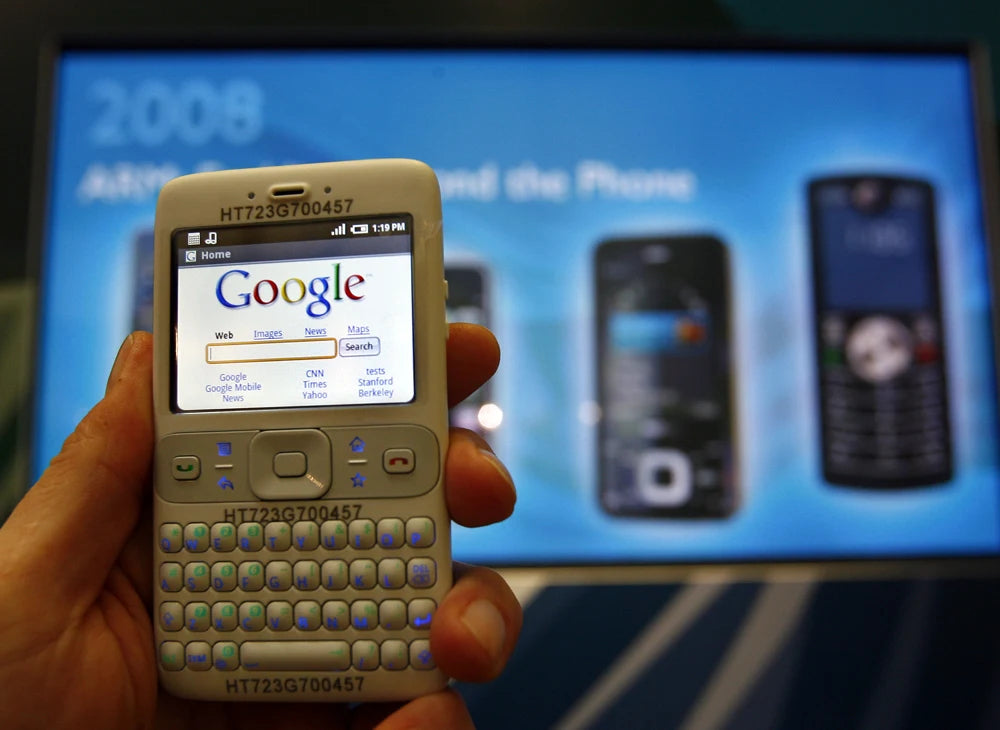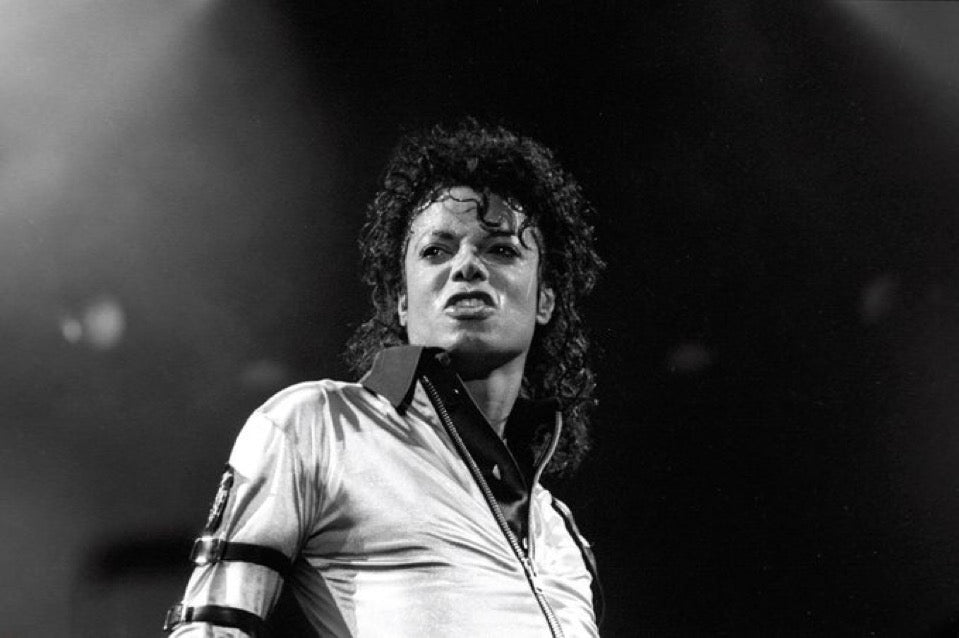How Google Saw The Future Before Anyone Else - Insights from Vinday

The World in 2005
To understand the magnitude of Google’s gamble, let’s rewind to 2005. The tech landscape was vastly different:
- Phones were primarily for calling and texting.
- The iPhone hadn’t been invented yet.
- The concept of “apps” as we know them today didn’t exist.
Android Inc. wasn’t even focused on phones at the time. Their original plan was to build software for digital cameras. But when that market didn’t pan out, founders Andy Rubin, Rich Miner, Nick Sears, and Chris White pivoted to a more ambitious vision: a free, open-source operating system for mobile devices.
This was a radical idea in a tightly controlled mobile industry:
- Nokia dominated the hardware-software ecosystem.
- Microsoft charged licensing fees for Windows Mobile.
- BlackBerry kept everything proprietary.
Giving away an operating system for free seemed laughable—until Google stepped in.
Why Google Bet on Android
Google wasn’t just buying software; they were buying the future of computing.
By 2005, Google had already established dominance in desktop search and advertising. But they recognized a growing threat: mobile. If companies like Microsoft, Nokia, or BlackBerry controlled mobile, they could restrict access to Google’s services, promote their own search engines, and dictate the future of digital advertising.
Google needed a foothold in mobile to ensure their survival. Android was their answer.
The Genius of Open-Source
When Google acquired Android, they made a bold choice: keep the operating system open-source. This meant anyone—phone manufacturers, developers, or even competitors—could use and modify Android for free.
This move was unprecedented and genius for several reasons:
- Manufacturers got free software, lowering costs and accelerating innovation.
- Developers gained a free platform to build apps, expanding the ecosystem.
- Consumers enjoyed more choices and lower-priced devices.
In 2008, the first Android phone—the HTC Dream (T-Mobile G1)—hit the market. It wasn’t perfect, but it was the beginning of a mobile revolution.
How Android Changed the Game
By giving manufacturers complete freedom to customize the Android experience, Google ignited an explosion of innovation. Samsung, LG, HTC, and other manufacturers could now compete with Apple’s closed ecosystem without the burden of building an operating system from scratch.
The result?
- Today, Android powers 71% of all smartphones worldwide—billions of devices running Google’s software.
- Google doesn’t earn money directly from Android but benefits immensely from the ecosystem:
- Play Store fees
- Google Search dominance
- Digital advertising revenue
- User data insights
The Legacy of Google’s “Dumb Decision”
What seemed like a foolish bet in 2005 turned out to be one of the smartest investments in tech history. Android didn’t just change mobile—it transformed how we connect, shop, work, and live.
The real lesson from Google’s Android gamble?
The best investments aren’t about what something is today. They’re about what it could become tomorrow. Sometimes, giving away value is the smartest way to capture it.
Google saw the future before anyone else did, and their $50 million bet turned into a $500 billion revolution.



